From the iPod Nano to the MacBook Air to the iPad Air, Apple has proven time and again that "thinner" means better.
In September 2025, that philosophy reached its zenith with the launch of the iPhone Air, a phone that was 5.6mm thin - thinner than a pencil. The product was considered an engineering masterpiece, an icon that shaped the future.
However, the reality was contrary to expectations.
Users no longer "wow" because of thinness and lightness
Just two months later, production lines were shut down. Orders were cut by 90%, and the iPhone Air, instead of becoming an icon, became a costly lesson.
The irony is that the iPhone Air isn't a bad product technically, but rather, it's a marvel.
At the iPhone 17 launch event, journalist Lance Ulanoff was challenged by Apple's Chief Marketing Officer, Greg Joswiak, to bend the iPhone Air.
The result is that it is completely sturdy, Apple has successfully eliminated the "ghost of Bendgate" (a media term used to describe a mobile product that is prone to warping the frame) - like the case of the fragile iPhone 6 Plus but still bent and broke the device, causing scandal in the past.
But that’s where the problem begins. Apple has spent too much engineering resources addressing a fear (bending) and pursuing a goal (thinness) that no one really asked for.
While Apple was obsessed with ultra-thin size, they forgot what users need in a phone priced up to $999 (listed in Vietnam from 31.9 million VND).
As Techovedas and 9to5Mac analyzed, to achieve a thinness of 5.6mm, Apple had to pay a very high price.
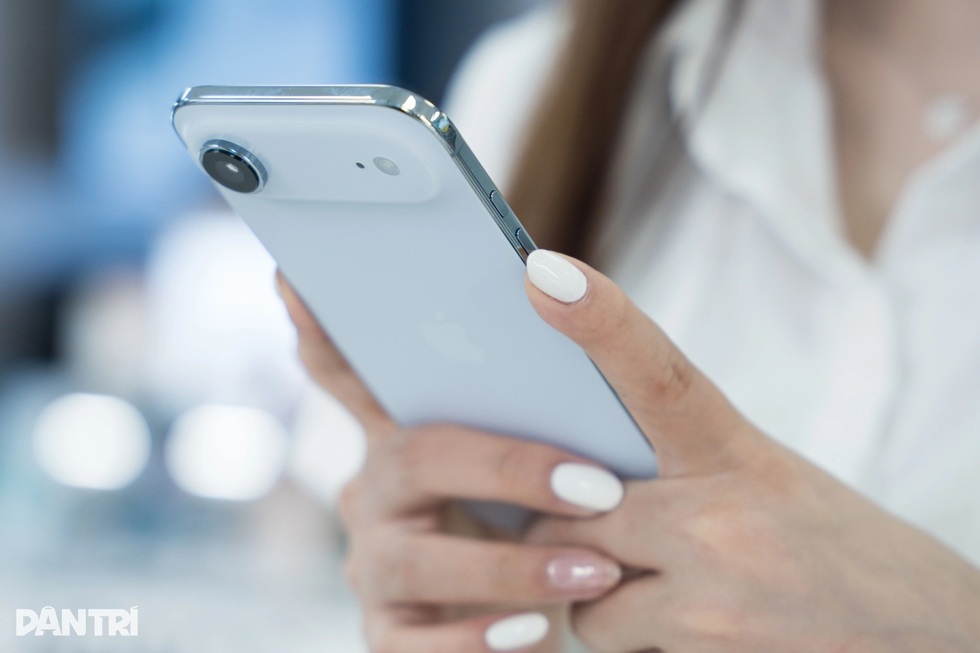
In the Vietnamese market, the iPhone Air costs about 31 million VND for the standard version (Photo: Thu Uyen).
First, the most fatal blow is the camera system. In an era where the camera is the deciding factor, the iPhone Air only has a single rear lens, which is the factor that users complain about the most.
While Apple tries to market it as a “2-in-1,” it can’t compete with the dual-camera setup on the standard iPhone 17 and is a joke compared to the triple-camera setup on the iPhone 17 Pro.
Add to that the sacrifice in sound with just one speaker, battery life is affected by the limited physical space, and only eSIM support is a barrier in many markets.
It's like Apple built a perfectly aerodynamic F1 race car, but forgot to fit it with the right tires and fill up the gas tank.
Even if users accept the hardware sacrifice, they still can't justify its place in Apple's product portfolio.
If technical sacrifices were the internal cause, then pricing strategy and product positioning were the external causes that "killed" the iPhone Air.
The product fell into a trap that Apple had set for itself, known to analysts as the "Middle Child Syndrome," which had already killed the iPhone mini and iPhone Plus.
The iPhone Air is caught between two horns. For one thing, at $999, it’s only about $100 cheaper than the iPhone 17 Pro ($1,099).
Clearly, Apple customers aren’t short on $100. They’re asking themselves, “Why should I save $100 to get a phone with a worse camera, weaker battery, and fewer speakers?”
Instead, they spend money on the Pro version.
Reports from The Economic Times and PhoneArena make this clear: While Air orders are being cut, orders for the iPhone 17 Pro and Pro Max are increasing.
On the other hand, for those who want a cheaper option, the standard iPhone 17 (say, at $899) is a good choice, although it is thicker but has a dual camera and a significantly better battery.
The iPhone Air has become an irrational choice: Not "Pro" enough for high-end users and not "good" enough for ordinary users. A survey by KeyBanc Capital Markets has proven that there is almost no need for this product.
Apple's sudden stop
And Apple, more than anyone, understands the language of the market. Their response was swift and decisive. What is astonishing is not that the iPhone Air failed, but how quickly Apple acknowledged it and acted.
Just weeks after the launch, Apple drastically cut production, bringing orders to "end-of-life levels."
Foxconn and Luxshare, the two assembly giants, have reportedly all but retired the Air line. This isn’t a normal adjustment; it’s a hard brake, showing Apple’s aggressive response to supply chain coordination and its ruthlessness when faced with actual sales data.
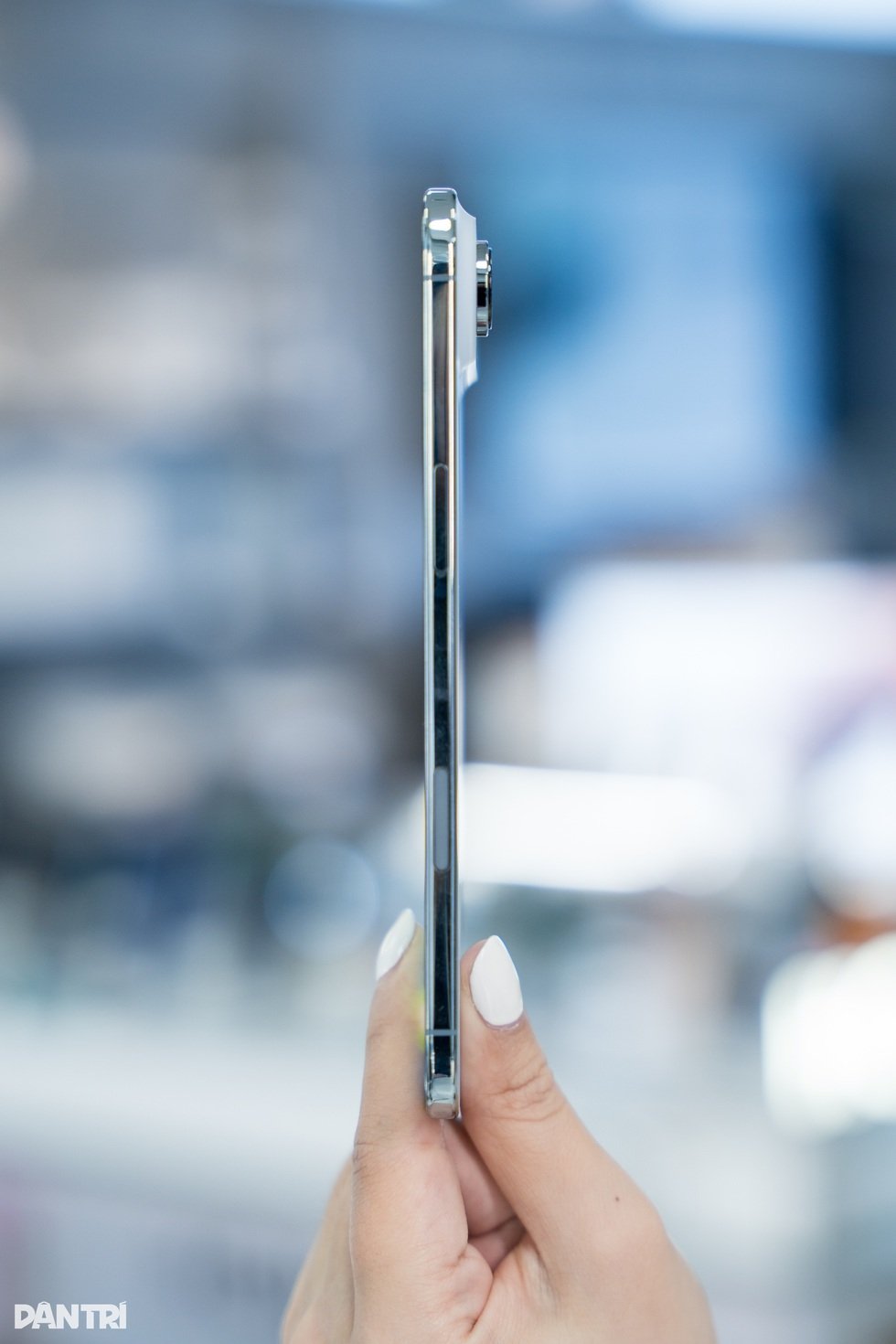
Users do not trade features for the ultra-thinness of the iPhone Air (Photo: Thu Uyen).
This failure immediately reshaped the future. Reports from Yahoo Finance and The Information confirm that Apple has indefinitely delayed the launch of the iPhone Air 2, which was supposed to launch next fall.
So, is this the end of the iPhone “Air”? According to analysts, probably not. They say Apple isn’t giving up; instead, it’s planning a comeback in the spring of 2027.
Analysts say the top engineering goal for the iPhone Air 2 is to solve its "biggest problem": Integrating a dual-camera system (including a main and ultra-wide lens) into an ultra-thin body.
If the predictions are correct, it would be a landmark admission: Users will never trade cameras for thinness.
The failure of the iPhone Air, then, is more than just a product failure. It's the end of an era that Apple designer Jony Ive shaped, where "thin" was synonymous with "future."
The market has changed, consumers have matured. We're past the days of "wow" because a phone is a few millimeters thinner. Today, users care about more practical things: How long does the battery last? Does it take good night photos? Does it run smoothly?
The iPhone Air is an expensive work of art in a world that demands powerful tools. Apple, with its sudden production brake, seems to have learned a big lesson from its users.
Source: https://dantri.com.vn/cong-nghe/iphone-air-that-bai-khi-mong-nhe-khong-con-du-hap-dan-20251114103938718.htm




![[Photo] The Government Standing Committee reviews the planning project of the Red River landscape avenue axis](https://vphoto.vietnam.vn/thumb/1200x675/vietnam/resource/IMAGE/2025/11/15/1763197032149_dsc-0163-jpg.webp)
![[Photo] Action for the Community tells stories of enduring journeys – both intimate and great, yet quiet and determined](https://vphoto.vietnam.vn/thumb/1200x675/vietnam/resource/IMAGE/2025/11/15/1763179022035_ai-dai-dieu-5828-jpg.webp)
![[Photo] Exciting contest of skillful red fruit picking and creativity from Son La coffee beans](https://vphoto.vietnam.vn/thumb/1200x675/vietnam/resource/IMAGE/2025/11/15/1763201832979_ndo_bl_3-jpg.webp)
![[Photo] General Secretary To Lam receives Governor of Kanagawa Province (Japan) Kuroiwa Yuji](https://vphoto.vietnam.vn/thumb/1200x675/vietnam/resource/IMAGE/2025/11/15/1763204231089_a1-bnd-7718-5559-jpg.webp)
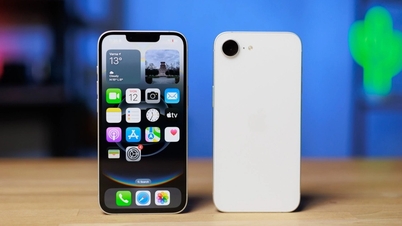


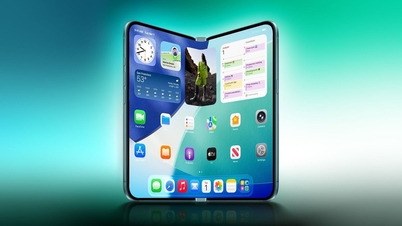



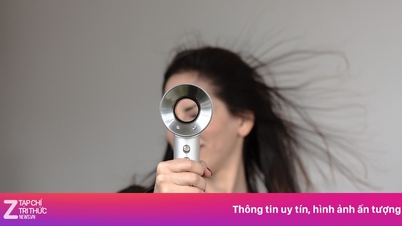







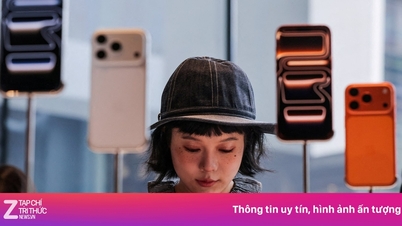














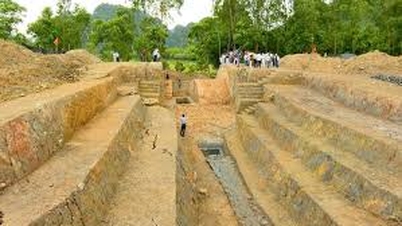
































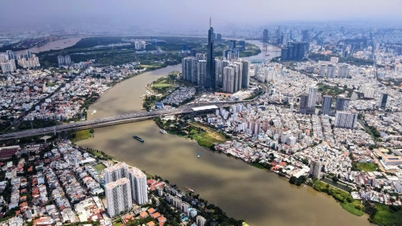


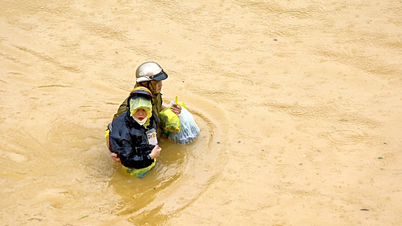










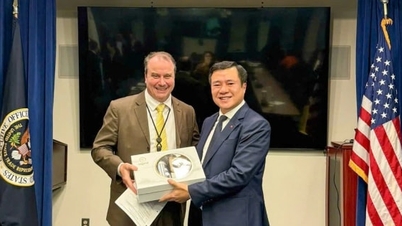

















Comment (0)